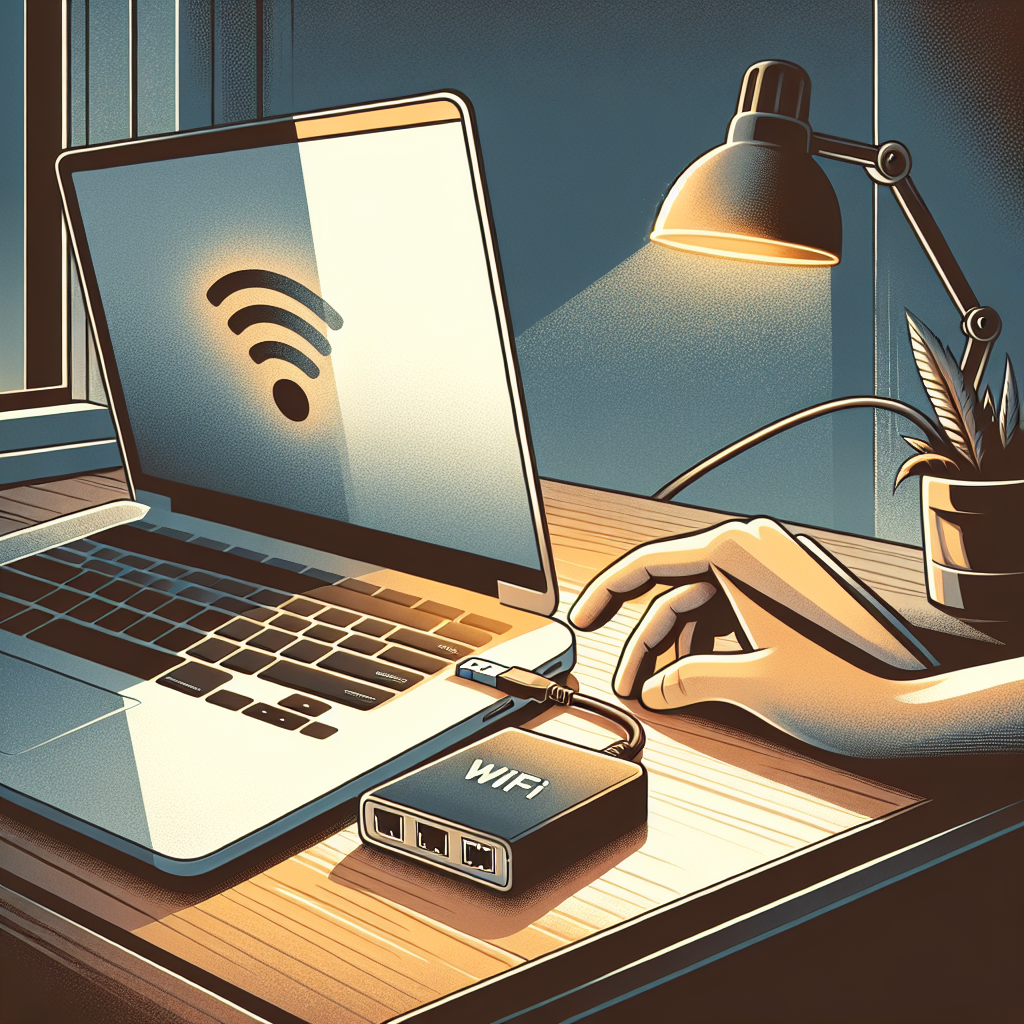WiFi connectivity is a crucial aspect of modern computing, and a disabled WiFi adapter can cause significant inconvenience. Re-enabling a disabled WiFi adapter can be accomplished using several methods, depending on your operating system. This comprehensive guide will provide step-by-step instructions on how to enable your WiFi adapter after it has been disabled, covering Windows, macOS, and Linux operating systems.
Basic Troubleshooting
Before diving into specific operating system instructions, it’s essential to rule out common issues that might be mistakenly perceived as a disabled WiFi adapter:
- Ensure the WiFi switch on your laptop is turned on.
- Restart your computer to reset any temporary glitches.
- Check if the airplane mode is disabled.
- Make sure your WiFi router is functioning and within range.
- Verify that other devices can connect to the WiFi network.
Windows Operating System
Enabling WiFi Adapter Using Device Manager
If your WiFi adapter is disabled, you can enable it through the Device Manager. Follow these steps:
- Press Windows + X and select Device Manager.
- Expand the Network adapters section.
- Locate your WiFi adapter, right-click on it, and select Enable.
Enabling WiFi Adapter Using Network & Internet Settings
Another method to re-enable the WiFi adapter is through Network & Internet settings:
- Press Windows + I to open Settings.
- Go to Network & Internet and select Status.
- Click on Network and Sharing Center.
- In the left pane, select Change adapter settings.
- Right-click on your WiFi adapter and choose Enable.
macOS Operating System
Enabling WiFi Adapter Using System Preferences
If you’re using a Mac, follow these steps to enable the WiFi adapter:
- Click the Apple menu and select System Preferences.
- Go to Network.
- Select WiFi from the list on the left.
- Click Turn WiFi On.
Resetting Network Settings
If the above steps don’t work, you may need to reset your network settings:
- Open System Preferences.
- Go to Network.
- Click the minus (-) button to remove the WiFi network profile.
- Restart your Mac.
- Go back to System Preferences > Network and click the plus (+) button to add WiFi again.
Linux Operating System
Enabling WiFi Adapter Using Terminal
In Linux, you can enable your WiFi adapter using the Terminal. Here’s how:
- Open the Terminal.
- Type the command
sudo ifconfig wlan0 upand press Enter. - If wlan0 is not your WiFi adapter, use
iwconfigto find the correct interface and replace wlan0 accordingly.
Enabling WiFi Adapter Using GUI
If you prefer using the graphical interface:
- Open Settings and go to Network.
- Select WiFi from the list.
- Toggle the switch to turn on the WiFi adapter.
Common Issues & Solutions
WiFi Adapter Not Showing Up
If your WiFi adapter doesn’t show up in the Device Manager or Network settings, it could be a hardware issue. Try the following solutions:
- Update your network drivers from the manufacturer’s website.
- Check the BIOS settings to ensure the WiFi adapter is enabled.
- Perform a system restore to revert to a previous state when the WiFi adapter was working.
Intermittent Connectivity
Intermittent connectivity can be due to several factors:
- Interference from other electronic devices.
- Outdated or corrupted drivers.
- Router issues – try rebooting your router.
Security Software Conflicts
Sometimes, security software can disable the WiFi adapter. Temporarily disable any third-party firewall or antivirus software and check if connectivity is restored.
Conclusion
Enabling a disabled WiFi adapter involves basic troubleshooting, system-specific methods, and sometimes diving deeper into hardware and driver issues. By following this guide, you can quickly restore your WiFi connectivity and get back online.

